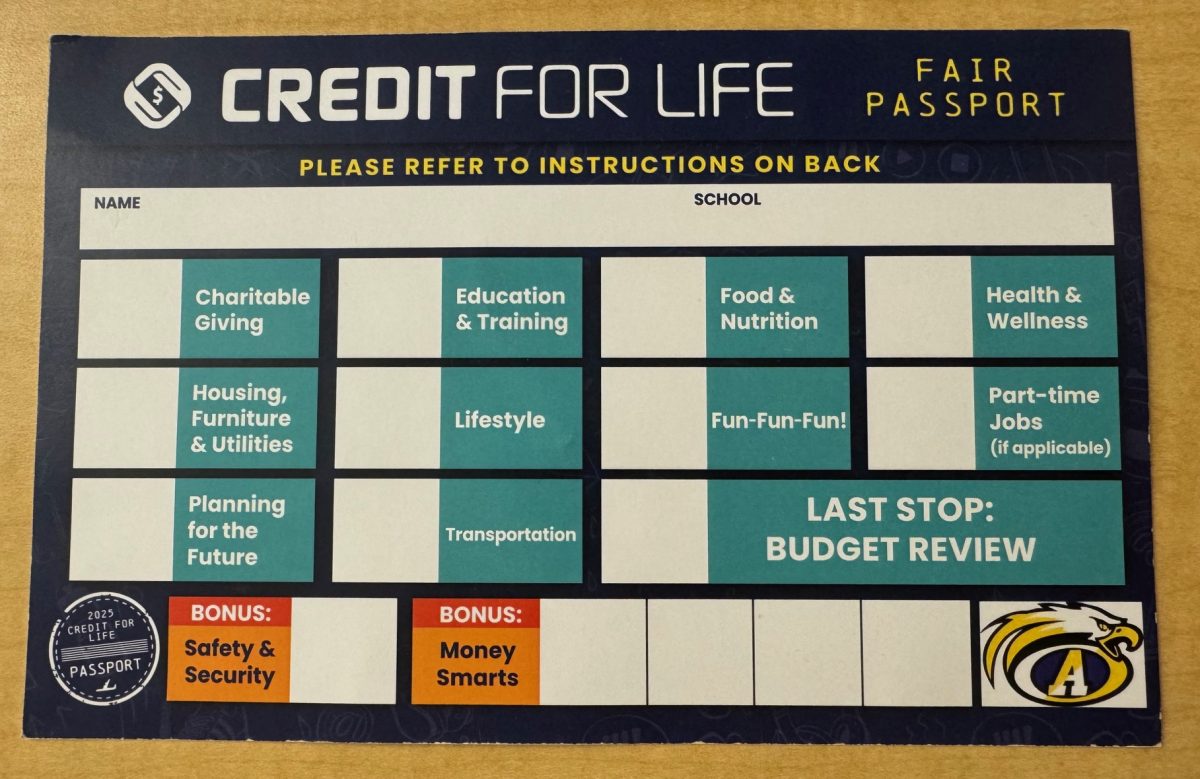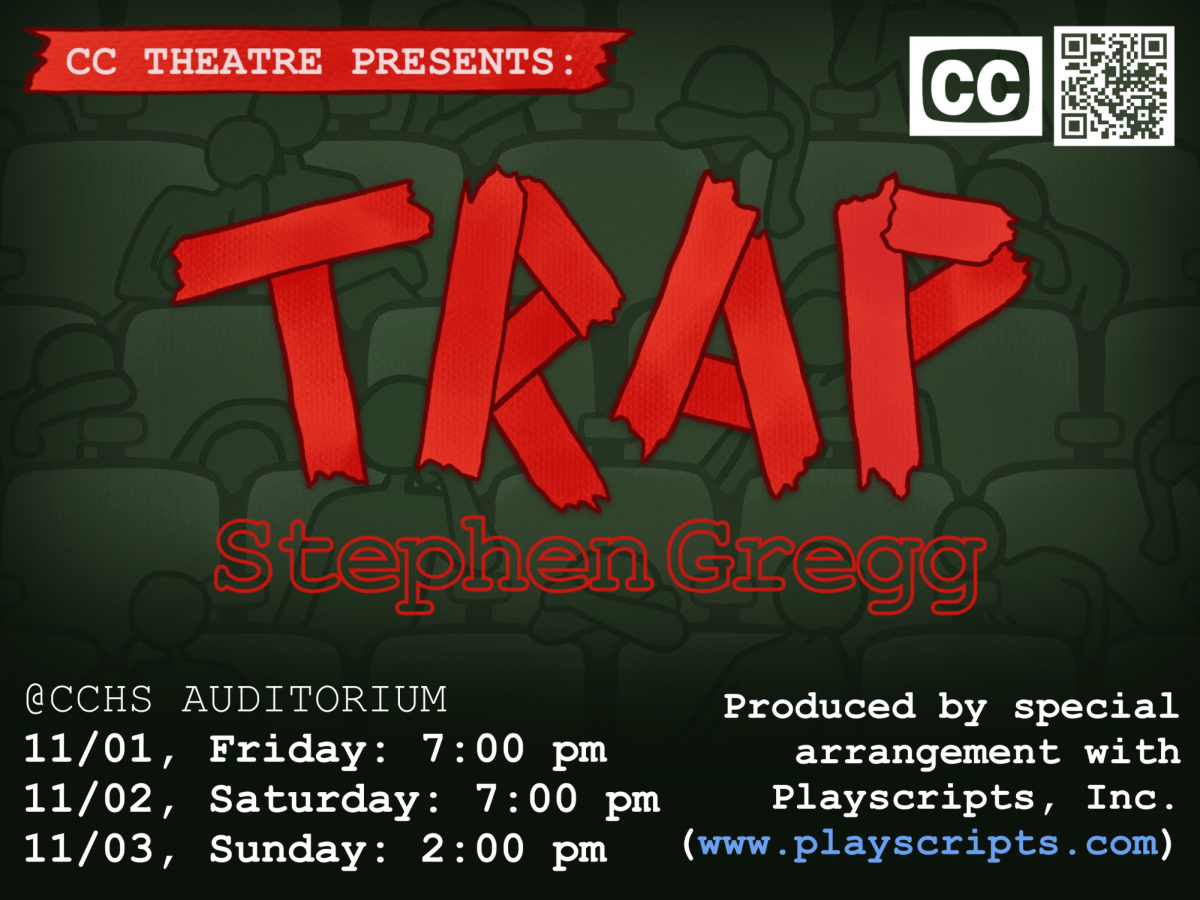Recently, many Ivy League colleges such as Harvard, Yale, Dartmouth, and Brown, as well as other prestigious schools, have announced plans to reinstate standardized testing for college applicants in the near future, instead of remaining test optional. Around the same time as this announcement, the College Board released a new version of the SAT. After 98 years of pencil and paper, the first all-digital SAT exam took place on Saturday, March 9, 2024. From now on, college-bound students will take the SAT on an app called Bluebook, where they can still highlight, annotate, and cross out answers, but this time through utilizing an online platform as opposed to paper.
Here is all you need to know about the new, revamped, digital SAT.
Why go digital?
When the pandemic hit, there was a significant drop in students taking the SAT. Subsequently, many colleges removed the requirement of standardized tests for admission.
Changes to the SAT
According to the College Board, the new digital SAT is designed to be less intimidating and easier for students to focus on, particularly thanks to its far shorter reading passages. As a result, the College Board hopes that more students will feel less intimidated to take this revamped exam. The test is now two hours and 14 minutes in length instead of three hours, and students have more time to answer each question. Shorter reading passages for the Reading and Writing sections, along with an online graphing calculator that is available throughout the entire math section, denote two of the biggest changes. In addition, the SAT now adapts to the test taker’s ability. In other words, the difficulty of the questions changes depending on how well the test-taker performs.
Problems with the new digital-style SAT?
Despite these changes intended to make the digital version of the SAT less stressful for students, the first batch of test-takers this March voiced many frustrations. For one, there were some technical glitches. Another concern was that the digital exam was hard on the eyes. Lastly, students complained that this exam was a lot harder than the previous official practice tests, especially the math section.
Strategic Test Prep, a SAT tutoring service, posted a video on TikTok stating to 1.6 million viewers, “Historically, this is what College Board does every time they issue a new SAT. In the last iteration in 2016, the same exact thing happened…and then, like two or three years later, they started making the questions easier. So that’s what’s going to happen on the digital SAT.”
What are the opinions of some CCHS students who took the new SAT in March?
Ranai Shah, a junior at CCHS, has mixed feelings about the digital SAT. Although he enjoys that the test is a lot shorter, particularly the reading passages, he didn’t like the reduced breaks throughout the test. As someone who took the paper version of the SAT in the past, he expresses, “I preferred the paper SAT a bit more, simply as there are more resources to study with as it has been the standard for much longer. I did enjoy the fact that the digital version was adaptable, as it gives a calmer section between the two hard sections of the test.” Ranai feels that the Reading and Writing section was especially hard and recommends that future test-takers do a lot of vocabulary practice when studying for the new SAT. Another junior explains, “I like the digital format, but I think this year’s version was especially difficult for math.” Like many other test-takers of the new SAT, she is unsatisfied with the score received and feels that it doesn’t reflect her true capabilities.
So, how can I ace the new digital SAT?
With all of these new changes, here are six handy tips to prepare for the new digital SAT:
- Download the Bluebook app and take the provided full-length practice tests.
- Familiarize yourself with the graphing calculator and assess when to use it accordingly.
- Familiarize yourself with the digital tools on Bluebook that allow you to mark text, skip a question, and cross out wrong answers.
- Have a strategy: Tackle the questions that you know well first, and allow yourself to skip past any questions that you get stuck on. It’s okay to leave the difficult questions for the end so that you can spend more time on them later.
- Never leave a question unanswered; if you are truly unsure about your answer, especially after having skipped it initially, just go with your gut!
- Lastly, take a deep breath –– you will do great!
Sources:
https://www.nytimes.com/2024/03/08/us/sat-online-digital-test-college.html
https://www.nytimes.com/2024/03/10/us/sat-digital-exam-students-reaction.html
https://www.tiktok.com/@strategictestprep/video/7344453414635474218


































